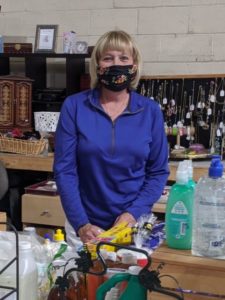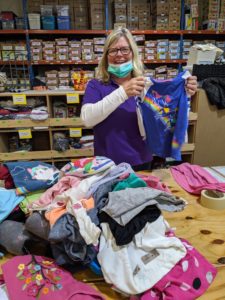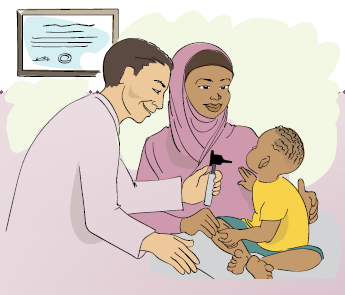Surviving Homelessness During COVID-19: How to Help Overwhelmed Districts and Nonprofits Support Families
 By the end of the 2018-19 school year, approximately 269,000 K-12 students experienced homelessness in California. It was enough children to fill Dodger Stadium five times, according to a UCLA report. Due to COVID-19, the number of homeless students in California continues to grow, leaving the state’s school districts struggling to address their needs.
By the end of the 2018-19 school year, approximately 269,000 K-12 students experienced homelessness in California. It was enough children to fill Dodger Stadium five times, according to a UCLA report. Due to COVID-19, the number of homeless students in California continues to grow, leaving the state’s school districts struggling to address their needs.
“Given that we have more students than in any other state in the country, we don’t have the systems and resources in place … to address this issue,” the Director at UCLA’s Center for the Transformation of Schools and the study’s co-author Joseph Bishop told the LA Times.
Virtual Learning
In the nation’s largest school district, 114,000 homeless K-12 students have two choices: 100 percent remote learning or in-person instruction (depending on the school) from one to three days per week at a New York City public school. In the second-largest school district, only some of its 15,138 K-12 homeless students have access to in-person tutoring at a Los Angeles Unified public school. However, most schools in the district may not reopen until January.
Even the nation’s smaller school districts are struggling to address the needs of its students experiencing homelessness. However, Baltimore City Public Schools, the 26 largest school district, moved forward in November with reopening 27 schools for students who are “most at risk of falling behind academically,” including the city’s estimated 2,000 K-12 homeless students.
Many U.S. school districts have distributed critical resources such as chrome books, internet access, and curb-side meals to students in need. Since schools closed in March, Howard County Public Schools System, the nation’s 96 largest school district, has served more than 2,143,00 meals at no cost to families.
 Community Resources
Community Resources
Local governments and nonprofits have also provided curb-side meals, placed homeless families in hotels, and provided testing and PPE.
Nevertheless, with predictions that U.S. COVID-19 cases and the number of K-12 homeless students will increase this winter, school reopening plans remain in jeopardy, and districts, local governments, and nonprofits will continue to face insurmountable obstacles in supporting families experiencing homelessness.
Service Providers
“HOPE For All has been operating as an essential business throughout COVID-19, but we have reduced the number of employees and volunteers in our warehouse at any one time,” said Connie Cooper, Executive Director of HOPE For All, a nonprofit organization that serves Anne Arundel County and parts of Baltimore City in Maryland. “We continue to provide clothing and toiletries to homeless families who have been referred to us during COVID-19.”
Last year, children accounted for more than half of HOPE For All’s efforts to provide them with the basic necessities. Amid COVID-19, the needs have extended beyond the essentials.
“We continue to provide clothing and toiletries to homeless families who have been referred to us during COVID-19,” said Cooper. “But with remote learning, demands for children’s desks continue to grow.”
HOPE For All is now conducting intake interviews over the phone and trying to minimize the time between referral and delivery for the increasing number of families struggling to survive. At this point, it is a matter of survival.
Basic Necessities
As the nation highlights National Homeless Youth Awareness Month in November, the alarming number of U.S. families experiencing homelessness will have increased significantly. Moreover, the country’s most vulnerable population will continue to lack access to safety, food, security, instruction, routine, social connections, and social and emotional developmental resources.
“The crisis has become so severe that schools cannot be expected to solve the problem single-handedly,” Bishop told EdSource. “Social service agencies, early childhood education programs, colleges, and other organizations need to create a cohesive approach to helping homeless young people stay in school and helping their families find stable housing.”
Below are resources to help children and families experiencing homelessness:
- Find out how to determine if a family’s situation meets the federal definition of “homeless” for children and youth.
- Donate children’s desks, laptops, printers, clothing, furniture, and household goods to local nonprofits such as Hope For All.
- Is My Early Childhood Program a McKinney-Vento Preschool?
- Caring for Homeless Children (Tip Sheet).
- Homeless Youth: The Numbers, Trauma and Work to Improve Outcomes.
- Complex Trauma: Facts for Service Providers Working with Homeless Youth and Young Adults.
- Home at Head Start: National Campaign on Homelessness.
- PACT’s Therapeutic Nursery Early Head Start Program Shelters Families Experiencing Homelessness from the Storm.




